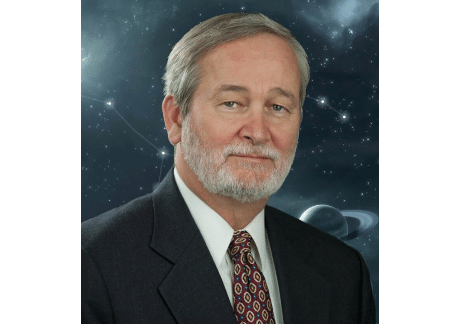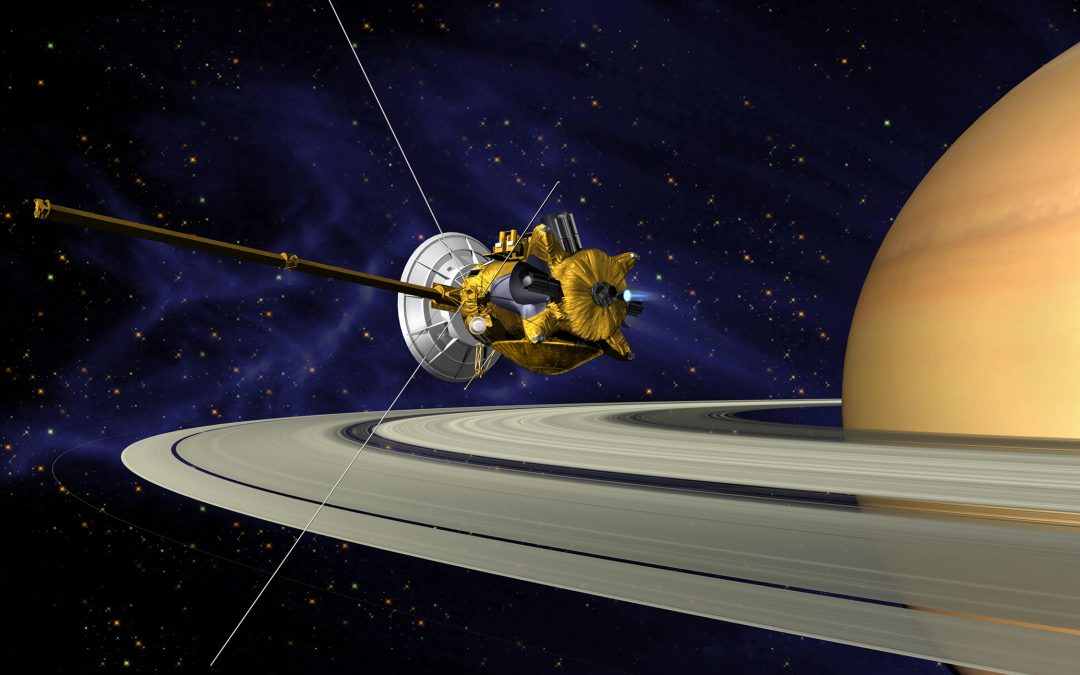
by Janet Pollard | Feb 7, 2025 | Blog, History
Look to the stars when Buttonwood Nature Center presents “Astronomy and Our Place in the Universe” on Thursday, February 20 at 7 p.m. at Church of the Apostles in Waynesboro. Admission is free. The guest speaker is William Laska, an astronomy instructor at Shepherd...

by Janet Pollard | Jan 18, 2018 | Blog
Dr. Larry Marschall, professor of physics, emeritus, at Gettysburg College, will present “What Cassini Told Us About Saturn” on Thursday, February 1 at 7 p.m. in the Visitors Center at Renfrew Park in Waynesboro. The program is free and open to the public. Marschall...




